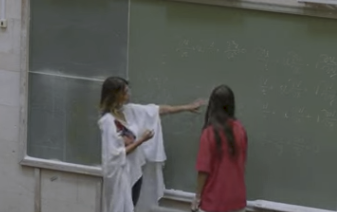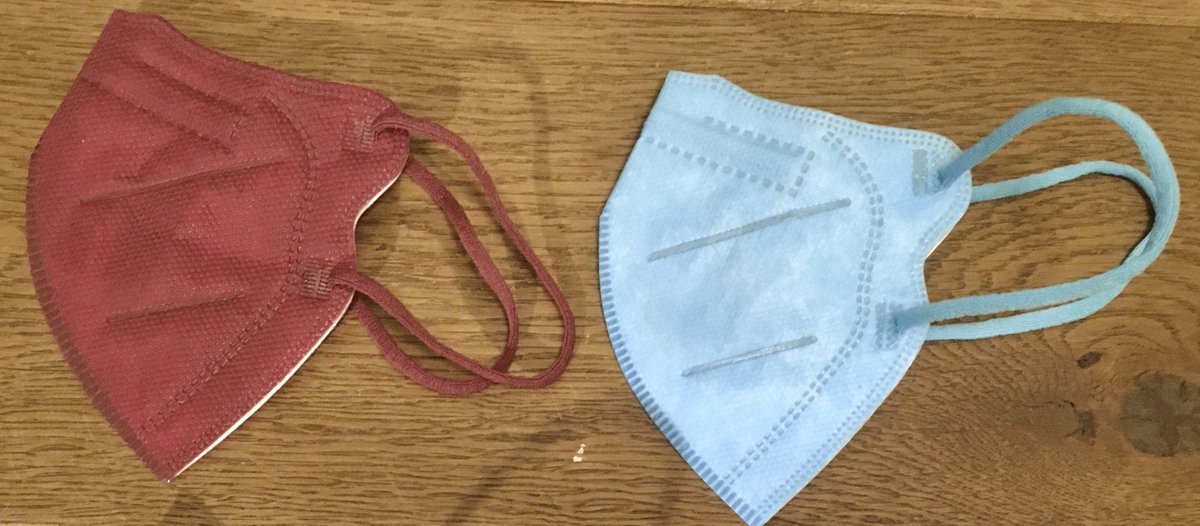With UK regs changing to mandatory #masks, here's a short 🧵to answer the question: can you wear a disposable #facemask more than once? The answer is YES. Many manufacturers state that masks should be disposed of after 8 hours but this is not true. Read on to find out why ... 1/ 

2/ Certified #masks (e.g. N95/N99, FFP2/FFP3) are manufactured for workers exposed to harmful airborne particles in industry or healthcare settings. The masks are designed to be worn for one shift (usually 8 hours) and then disposed of. Photo: @3MUK 

3/ Unless a mask has become clogged full of particles in a very high exposure scenario (e.g. mining, construction) or the worker is in a contaminated front-line healthcare setting, it is still perfectly useable after 8 hours, unless it is broken. Photo: John Hamlett 

4/ Breakage means that the ear loops/headstrap elastic has snapped or stretched, the nose clip has snapped, the material itself is torn, or the foam around the facial seal (for some certified masks) has worn away. 

5/ Masks will also become unsuitable for use if they are unhygienic e.g. they are very damp from humidity or they actually grow mould! This may happen in tropical climates. Photo: @BangkokPostNews 

6/ Back to how long you can wear a mask for: I conducted a study on public use of facemasks for protection from 🌋 ash. I worked with a major mask manufacturer, which confirmed that, in non-occupational settings, masks can continue to be worn until they are clogged or break.
7/ This information was incorporated into a pamphlet on use of #facemasks for the public: ivhhn.org/uploads/Bookle…
#IVHHN community.dur.ac.uk/hive.consortiu…
#IVHHN community.dur.ac.uk/hive.consortiu…

8/ For #COVID19, due to risk of contamination, it is best to have a few masks and to rotate them. So, you wear a mask for a day, then leave it somewhere dry and clean to decontaminate for a few days, while you wear another one. Image: shutterstock.com 

9/ People have suggested methods for decontaminting masks such as spraying with alcohol/hand sanitizer but this may affect the glue with which the fibres of the non-woven mask material are bound together (microscope image by @IOMworld shows glue patch and fibres). 

10/ Other methods of decontamination may work but are not suitable for home use (e.g. ultraviolet germicidal irradiation or autoclaving). Better just to rotate masks but note that one study found detectable (0.1% of the original inoculum) virus could still be present after 7 days 

11/ What about washing/tumble drying non-woven (N95-style) masks? The short answer is don't! This may damage the fibres but, also, these masks contain a 'charged layer' which helps to electrostatically capture particles, which could be destroyed.
12/ Please note: all of this is my opinion, based on my experience working with and wearing facemasks, and discussions with mask manufacturers. There is conflicting information on the internet, of course! It's up to you to make your own choice of what you're comfortable doing!
13/ People have been asking about loss of filtration efficiency with washing non-woven masks (the material that surgical/N95/FFP2 type masks are made of). Here's testing done by @masknerd which shows drop off in efficiency in masks marketed as washable.
https://twitter.com/masknerd/status/1445044628948914177?s=20
14/ I’m really pleased this tweet is helping so many people. If you have other questions about #masks, please leave a comment and, if I feel I have expertise, I will answer here or write a new thread!
I have produced a collection of all my mask threads here:
https://twitter.com/claire_horwell/status/1473051827667185673
• • •
Missing some Tweet in this thread? You can try to
force a refresh












